THE NOVEL USE OF FEED ADDITIVES IN POULTRY FARMING
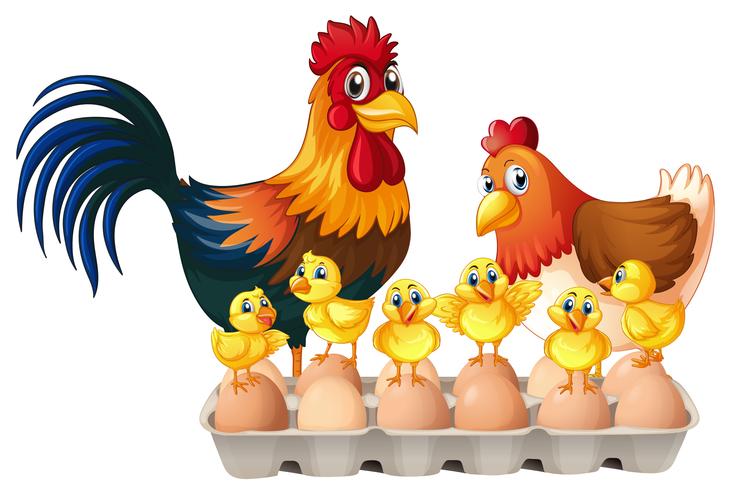
Dr.Megha Verma,Dr.Sonali Chandankar,Dr. Jyoti Palod,Dr. Ruokuobeinuo Huozha,Dr. S.K. Rastogi
COLLEGE OF VETERINARY AND ANIMAL SCIENCES
GBPUA&T PANTNAGAR( Pin code-263145)
[su_heading align=”left”]Introduction[/su_heading]
Modern intensive poultry farming has gained a phenomenal rise in urban as well as a rural sectors.The growth of poultry farming has achieved a tremendous gains in the efficient and economical production of high quality and safe chicken meat,eggs and poultry bioproducts.The use of feed additives has been important part for achieving the success in poultry farming in terms of poultry health and production.Use of feed additives in india has been practiced to the large and small scale organized poultry industries.But the main constraints for an economic poultry rearing in especially the un-organized poultry sector is the threat posed by the pathogens that are present in and around the poultry dwelling units. This lead to the use of antibiotics which has reduced the economic value of small scale poultry farming in the country.To minimize the effects of overuse of antibiotics several approaches have to be followed like genetic improvement by selective breeding,effective application of immunoprophylactic measures and better health cover with low cost growth promoting agents.As per the report there is increasing demand of cheap and quality food from the growing world population ,and this increases the efficiency of poultry production in a cost effective manner ,through the application of growth promoters,which are non nutrients and aimed to maximize utilization of the nutrients present in feed.The cost factor and evolution of resistant microbes has made it necessary for the feed industry to use of alternative to antibiotics,such as Probiotics,prebiotics,organic acid element to maintain health and productivity of poutry as well as livestock. Any additives used in feed must be approved for use and then used as directed with respect to inclusion levels and duration of feeding. They are also specific for the type and age of birds being fed. Diets for poultry generally consist of a cereal grain (most commonly corn, but also wheat, barley, sorghum, and others) and a protein source (most commonly soybean meal, but there are also several animal and plant protein sources). Animals that receive only these rudimentary ingredients will not thrive. Feeds include trace vitamin and mineral supplements and, sometimes, macrominerals, such as calcium, that improve their nutritiousness.
TYPES OF GROWTH PROMOTERS AND FEED ADDITIVES.
Various growth promoters and feed additives are used to improves health of animal on large scale.Types of growth promoting agents and feed additives comprises of prebiotics,probiotics,Synbiotics,Vitamins and Minerals,herbs,Panchgavya,betaine and Carnitine.
1. Probiotics- plays an important role in neutrilization of enterotoxins
2. Organic acids-have got bacteriostatic properties as well as antimycotoxic effects.
3. Multivitamins-have been used in feed of poultry as premix for improving broiler growth and feed utilization.
4. Various Herbal products-have got enhanced digestive activity,antimicrobial,antioxidant,and immunomodulatory properties and alternative to various biochemical agents.
5. Panchgavya are rich source of element that are essential along with minerals as well as hormones.
6. Betaine –are also used in poultry industry as feed additives due to their beneficial effect on health performance.
7. L-carnitine- have increased due to their lipolytic activity and better effect on growth performance of birds.
8. Pelleting Additives- Pelleting additives are similar to free-flowing agents. They are added to feeds prior to pelleting to help improve the quality of the pellets. These additives can, for example, reduce feed dust and help pellets better adhere.
MODE OF ACTION OF FEED ADDITIVES.
The primary mode of action of feed additives arises from beneficially affecting the ecosystem of gastrointestinal micro flora through controlling the potential pathogens. Increase feed intake and digestive secretions are also observed in animals offered feed additives as a feed supplement. Modulation of microbial activity is of great relevance. It reduces pathogenic microbial pressure in the gastro-intestinal tract thus limiting the competition between the animal and the microbes for nutrients. In turn, production of digestion by-products, such as ammonia, is reduced. Besides its great negative impact on the environment, ammonia is considered the most harmful gas in broiler chicken housing as it irritates respiratory airways and predisposes chickens to respiratory infections, causes kerato conjunctivitis and reduces bacterial clearance from lungs. Further considerations for the use of phytogenics include nutrient sparing effects, increase of total antioxidant capacity of meat and increase juiciness of meat.
An overview of mechanism of actions and beneficial applications of growth promoters and feed additives in poultry production and health
ADVANTAGES OF FEED ADDITIVES AS A FEED SUPPLEMENT IN POULTRY
• Modifies intestinal microflora and help to improve bird’s performance and health status
• Increase the digestibility of feed and FCR.
• Inhibitory effect on enzymes produced by microorganism.
• Minimize the adverse effect of dietary changes
• Reduce stress and increase the productivity in terms of meat and egg production.
[su_highlight]Antinutritional Factors and Digestibility[/su_highlight]
• Many feedstuffs contain antinutritional factors that interfere with the utilization of dietary nutrients. These factors act in many different ways. Some reduce protein digestibility, bind to dietary nutrients, or damage the gut wall. Soybeans, for example, contain protease inhibitors that inhibit the activity of the enzymes needed to digest protein. As a result, the animal produces more of the digestion enzymes, which in turn damage the pancreas. Raw soybeans contain trypsin inhibitors, but these antinutritional factors are inactivated by the heat generated in the production of soybean meal or when whole soybeans are roasted.
• Corn and soybean meal are commonly used in commercial poultry diets in the United States. With the ever higher prices for corn and soybeans, many producers and companies are looking at alternative feed sources. Although several alternatives exist, most of them contain one or more antinutritional factors.
• Wheat contains xylans (a type of pentosan), substances that can increase the viscosity of the gut material (digesta), thus reducing the level of nutrients that can be absorbed. Although the increased viscosity slows nutrient flow through the intestines, it also insulates the nutrients from exposure to intestinal microvilli, reducing absorption of the nutrients. Signs of high viscosity digesta typically manifest as a pasting of material around the vent, especially with chicks. The effects of pentosans can be corrected by supplementing a diet with enzymes, xylanases, that are able to digest xylan.
• Sorghum (milo) contains tannins that bind with various proteins, reducing their digestibility. Different sorghum varieties have different tannin levels, so the type of sorghum used in feed is important. Generally, the darker the outer seed coat of the sorghum variety, the higher the tannin content. Birds will refuse to eat grain with high levels of tannins.
• Barley contains moderate levels of trypsin inhibitors, but the major problem with barley is the level of beta-glucans. Similar to xylans, beta-glucans increase the viscosity of the digesta, thus reducing the digestibility of nutrients. Again, the adverse affects of the beta-glucans can be reduced with the use of feed enzymes.
• Canola meal contains sinapine, which causes a problem only for brown-egg layers. When canola meal is used in the feed for these layers, the eggs have a fishy and offensive odor.
Mold Contamination and Mycotoxin Reduction
The cereals frequently used in poultry diets are subject to mold growth. Mold contamination can occur in the field or during post-harvest handling, storage, and processing. Mold inhibitors such as organic acids are used to prevent mold growth, but they are not effective against the mycotoxins that molds produce. Mycotoxins are poisonous chemical compounds produced as secondary metabolites by actively growing molds. There are more than 300 types of mycotoxins that affect animals, but aflatoxin, vomitoxin, zearalenone, ochratoxin, and trichothecenes are the most common. Even if the mold is no longer visible, the mycotoxins remain. For this reason, many poultry feeds contain a mycotoxin binder that binds to the mycotoxins and prevents them from being absorbed through the gut and into the bloodstream. Common mycotoxin binders are Mycosorb, Mycofix, ProSid, Mycoad—which appears on the Organic Materials
CONCLUSION
Development of feed additives as a feed supplement bought about a substantial growth in poultry production. They are considered as powerful tool to improve the poultry performance, by increasing the net economic returns.It can be achieved by optimizing use of growth promoters including prebiotics ,probiotics, enzymes,antibiotics and organic acids.The use of growth promoters have many advantages including the modification of host metabolism ,immunostimulation ,exclusion and inhibition of pathogens in the intestinal tract,enhanced nutrient absorption and performance and decreases the human health risk.
The future
Many additives are a normal part of diets for animals and humans. It is only recently that we have come to recognise and understand their importance in achieving high production and efficiency, maintaining health and wellbeing, improving product quality and safety and reducing the industry’s impact on the environment. More work is required to further identify the positive effects of additives and minimise the negative effects they may have if not used correctly or if they interact with other additives or feed ingredients. In particular, additives will play an essential role in maintaining the health of poultry in an era of no pharmaceuticals.
[su_divider style=”double” size=”5″]
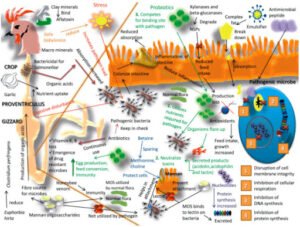
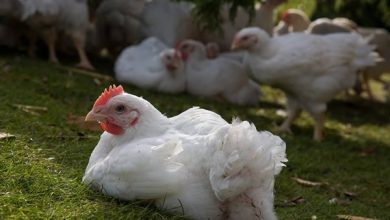
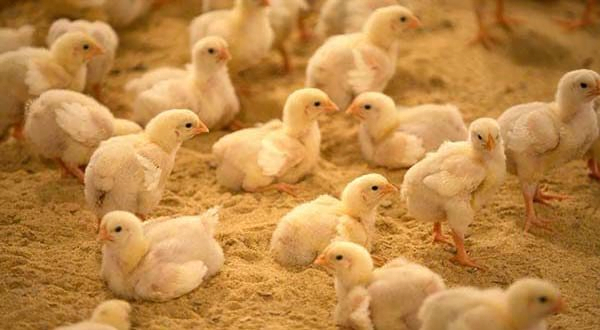
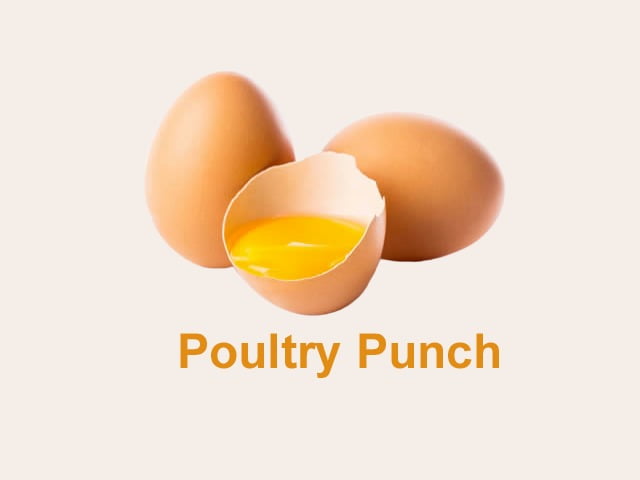
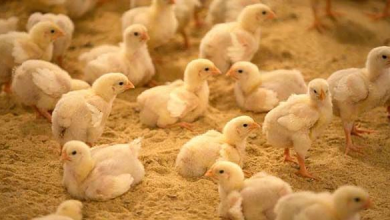
Beautiful apt details for Poultry’s well being.
It is the feed additive which will decide on the ultimate goal of a farmer that is profit. Open mind of farmers and consultants will ensure the growth of the poultry in between so many challenges of diseases and uncertain market trends.
Congratulations to the entire team of Dr.Megha Verma, Dr.Sonali Chandankar, Dr. Jyoti Palod, Dr. Ruokuobeinuo Huozha, Dr. S.K. Rastogi .